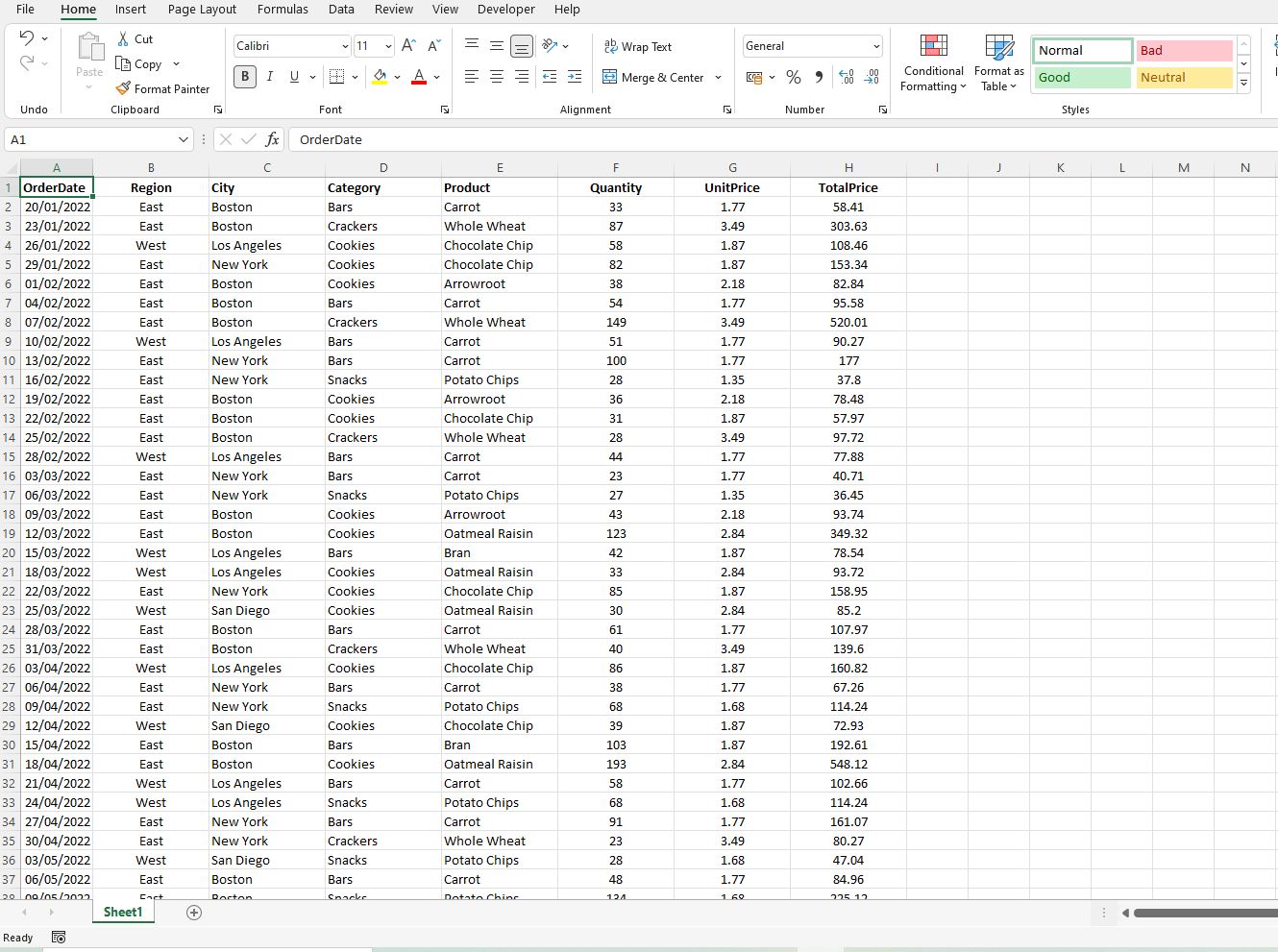3 Ways to Delete Excel Sheets in SSIS

If you're working with SQL Server Integration Services (SSIS), you might find yourself needing to delete Excel sheets from your Excel spreadsheets as part of your data processing or integration workflows. This task can seem daunting, but with the right tools and techniques, it can be managed efficiently. In this blog post, we'll explore three effective ways to delete Excel sheets in SSIS. Whether you're cleaning up data, preparing for new data input, or simply organizing your workbook, these methods will streamline your SSIS projects.
Method 1: Using Script Task with VBA in SSIS

Excel VBA scripting within SSIS can be particularly powerful for automating Excel tasks:
- VBA Script: Write a VBA macro to delete a specific sheet or sheets within Excel.
- Script Task: Integrate this VBA code into an SSIS Script Task.
- Connection: Ensure your SSIS package has a connection to the Excel file where the script will run.
Here’s how to do it:
Sub DeleteSheet(SheetName As String, WorkbookPath As String)
Dim xlApp As Object
Dim xlBook As Object
Dim xlSheet As Object
Set xlApp = CreateObject("Excel.Application")
xlApp.Visible = False
Set xlBook = xlApp.Workbooks.Open(WorkbookPath)
On Error Resume Next
Set xlSheet = xlBook.Sheets(SheetName)
If Not xlSheet Is Nothing Then
xlBook.Sheets(SheetName).Delete
End If
On Error GoTo 0
xlBook.Save
xlBook.Close
xlApp.Quit
Set xlSheet = Nothing
Set xlBook = Nothing
Set xlApp = Nothing
End Sub
💡 Note: VBA scripts can interact with Excel files on your local system or server where SSIS is running, but ensure proper permissions are set to access and modify Excel files.
Method 2: Using OpenRowset Function

This method involves using SQL commands to interact with Excel files:
- OpenRowset: Use SQL's OpenRowset function to connect to your Excel file.
- Execute SQL Task: Within SSIS, this function can be called to remove sheets.
- Excel Driver: Ensure you have the appropriate drivers installed for the version of Excel you're using.
Here's an example SQL query:
EXEC('DELETE FROM OPENDATASOURCE('Microsoft.ACE.OLEDB.12.0', 'Excel 12.0; HDR=Yes; IMEX=1; Database=C:\Path\To\Your\Workbook.xlsx')...[Sheet1$]')
📝 Note: This method requires administrative privileges to execute the OpenRowset function, especially if accessing files not on the same machine as SSIS.
Method 3: Using Third-Party Tools or Script Components

For more complex or automated solutions, consider using:
- Third-Party Tools: Tools like the "Excel Source Plus" component can provide functionalities not native to SSIS.
- Script Components: Write custom C# or VB.NET code in SSIS for more tailored Excel manipulation.
This approach gives you extensive control over the Excel file's structure:
using System;
using System.Data.OleDb;
using Microsoft.SqlServer.Dts.Pipeline.Wrapper;
public void PreExecute()
{
// This method is called once per task instance, before processing begins
}
public void PostExecute()
{
string connectionString = "Provider=Microsoft.ACE.OLEDB.12.0;Data Source=C:\Path\To\Your\Workbook.xlsx;Extended Properties='Excel 12.0 Xml;HDR=YES;IMEX=1'";
using (var connection = new OleDbConnection(connectionString))
{
connection.Open();
var command = new OleDbCommand("DELETE FROM [Sheet1$]", connection);
command.ExecuteNonQuery();
connection.Close();
}
}
🛠️ Note: Third-party tools might incur additional costs or have licensing restrictions. Always review compatibility and support before implementing in production environments.
Each of these methods has its place depending on the complexity of your SSIS workflows and your familiarity with coding or scripting. Here are some considerations:
- Ease of Use: Script Task with VBA might be more straightforward if you're familiar with Excel, while OpenRowset requires SQL knowledge.
- Flexibility: Script Components offer the most flexibility, allowing for tailored solutions but require more technical expertise.
- Security and Permissions: Both VBA and SQL methods might face challenges with permissions, especially when running on remote servers.
When integrating Excel sheet deletion into your SSIS package, consider:
- Permissions to modify Excel files.
- Handling errors or unexpected data structures within the Excel workbook.
- Ensuring the Excel driver or engine is compatible with your environment.
- Testing the deletion in a controlled environment before full deployment.
Summarizing, there are several ways to delete Excel sheets in SSIS:
- VBA Scripting within Script Task for familiar Excel users.
- SQL's OpenRowset Function for direct database manipulation.
- Using Third-Party Tools or Custom Scripts for advanced control.
Choose the method that aligns best with your workflow's requirements, your team's skill set, and the security protocols of your environment. With these techniques at your disposal, you can handle Excel sheet deletions as part of your data integration strategy, enhancing productivity and reducing manual errors.
Can SSIS handle Excel files without an Excel application installed?

+
Yes, with SQL Server, you can use the ACE.OLEDB or JET.OLEDB provider, which does not require Excel to be installed but does need the appropriate driver.
Is it safe to use VBA scripts in SSIS?

+
VBA scripts can be secure if properly validated and executed with appropriate permissions. They pose a risk if the scripts contain harmful code or if they interact with external resources insecurely.
What’s the benefit of using third-party tools for Excel manipulation in SSIS?

+
Third-party tools often provide more robust features, enhanced error handling, and better control over Excel’s behavior, which can save time in development and reduce errors in execution.